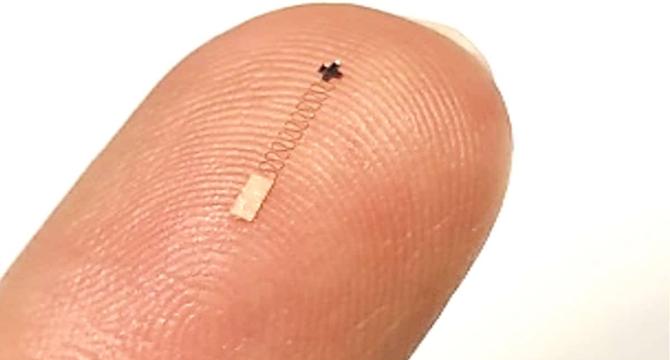Physicsworld
1M
265

Image Credit: Physicsworld
Tiny sensor creates a stable, wearable brain–computer interface
- Brain–computer interfaces (BCIs) facilitate communication between the brain and external devices for various applications.
- Current EEG-based BCIs are hindered by bulky and rigid sensors, impeding movement and affecting signal quality.
- Researchers at Georgia Tech developed a microscale brain sensor that fits between hair strands and remains stable during motion.
- The sensor has microneedle electrodes coated with a conductive polymer for improved electrical conductivity.
- Signals from the brain are captured and transmitted by these microneedles to a miniaturized electronics system.
- The BCI demonstrated stable neural signal measurement for up to 12 hours with minimal motion artifacts.
- Compared to conventional gold-cup electrodes, the microsensor-based BCI showed superior stability during motion.
- The BCI was tested on participants performing activities like standing, walking, and running with high accuracy.
- Users were able to control external devices and make decisions using their thoughts in real-world scenarios.
- The combination of BCI and AR technology allows for innovative digital interactions and could benefit individuals with mobility challenges.
Read Full Article
15 Likes
For uninterrupted reading, download the app